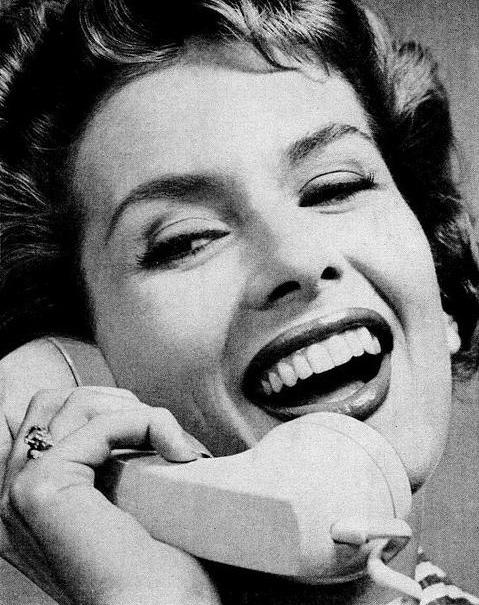At EasyTechJunkie, we're committed to delivering accurate, trustworthy information. Our expert-authored content is rigorously fact-checked and sourced from credible authorities. Discover how we uphold the highest standards in providing you with reliable knowledge.
What is a Rotary Phone?
Once considered the standard for telephone communications, the rotary telephone provided a simple process for customers to use a round dial to access a network and enter a series of numbers in order to reach another subscriber. Developed in the late 19th century, the rotary phone was the single most popular dialing style until the 1970s, when the push button technology of the previous 20 years was coupled with a newer and more secure telephone signaling process. Retro rotary phones are still available, although they are relatively uncommon.
The origins of the rotary dial are traced back to Almon Strowger, a Kansas City undertaker. Convinced that the telephone operators were deliberately misrouting calls to his business, he developed an automated switch that allowed subscribers to connect directly, without going through the operator. He was granted a patent in 1891, and set up his own telephone exchange.

The automatic switch was the first step, but the system required to tap out another subscriber's number was not very efficient. In 1896, the first patent for a rotary device that would allow subscriber level dialing was filed. Granted in 1898, the patent was obtained by John and Charles Erickson, along with A.E. Keith. Designed to work with the slowly developing numbering system that provided an access number sequence for each subscriber, the original rotary phone dial featured lugs that were used to turn the dial.

By 1904, the design for rotary dial phones had been altered to feature holes on the dialing plate, rather than lugs for the fingers to grip. Most phones of the period, however, still worked on the principal of a subscriber connecting with an operator, who would handle the actual connection of two subscribers. It was only around 1919 that the rotary dial phone became popular in metropolitan areas. Over the next two decades, use of the rotary phone filtered into small towns and rural areas. By the 1950s, the rotary phone was the industry standard.

A rotary phone operated with the use of technology that was known as pulse. The pulse signal was the means of initiating a dialing action that created interruptions in the flow of electrical current. By using the dial to enter each number in sequence, it was possible to send a message to telephone signaling equipment that would automatically transfer the caller to the right subscriber location. Pulse signaling worked fine for the execution of point to point telephone calls, but did not allow much else.
By the late 1960s, a new signaling technology referred to as touch tone was beginning to replace the rotary phone with a dialing pad that featured keys rather than a round dial. The tones emitted by the digitized touch tone service allowed for faster switching, and also opened the door for additional consumer activated communication services that the older pulse and rotary technology could not provide. During the 1970s and 1980s, the rotary phone began to fall out favor. Businesses were the first to discard rotary phones and move on to touch tone services, with residential consumers shifting to the newer technology in large numbers after the deregulation of the telephone industry in 1984.
Today, many phone systems no longer provide the option of pulse service for subscribers. Several manufacturers offer replica editions of the rotary phone that utilize the full duplex signaling found with touch tone service, however. In any case, the legacy of the rotary phone lives on in US culture, where just about everyone continues to refer to the process of using a telephone to contact another location as "dialing."
AS FEATURED ON:
AS FEATURED ON:













Discussion Comments
Stick a rotary phone in front of someone who didn't grow up with one and they will be somewhat amused at the fact it seems to take so long to dial a number. Regardless, those old rotary phones were tanks -- the things seemed to last forever.
Post your comments